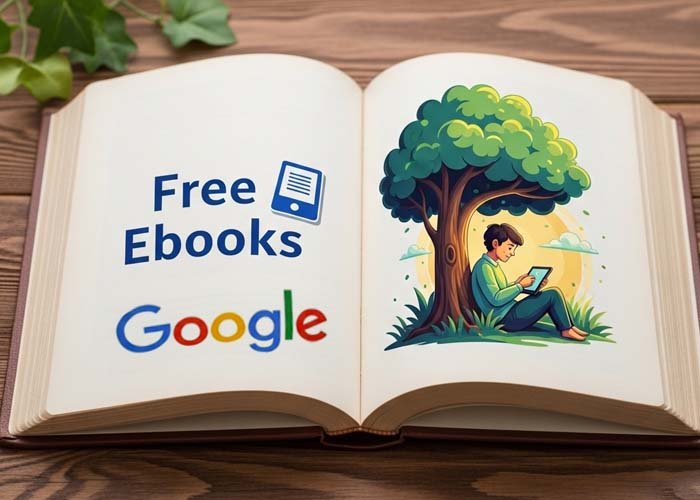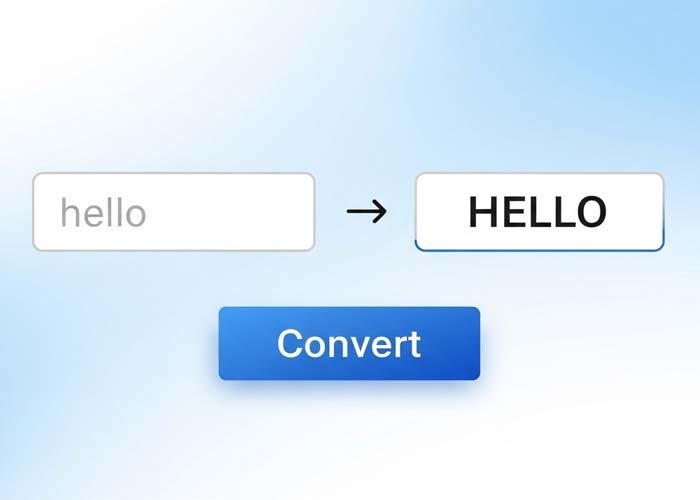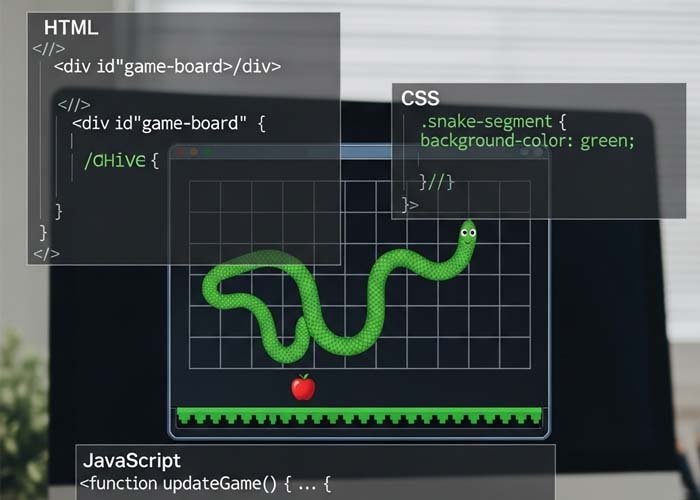Glowing Neon Button with Press Animation Using HTML & CSS
If you’re looking to enhance your website’s user interface with a stylish, glowing button, this tutorial is for you. In this post, we’ll explore how to create a neon-like glowing button effect using only HTML and CSS — no JavaScript or external libraries needed.
This button design is modern, lightweight, and ideal for any creative website or interactive UI.
What the Button Does
When the button is displayed, it has a soft glow underneath, created using a blurred radial gradient. This creates a high-contrast neon glow effect, giving the button a futuristic or techy appearance.
When the user clicks (or presses) the button:
It shrinks slightly (
scale(0.9))Rotates a little (
rotate(3deg))And shows a vibrant gradient background transition
This gives the user visual feedback that their action was successful.
How This Button Effect Works
1. Basic Button Styling
The button has:
A fixed width and height
A dark background (
#100720) that contrasts well with the glowRounded corners (
border-radius)No border, for a clean look
White bold text (
color: #fff; font-size: 17px)
2. Glowing Effect via ::after Pseudo-Element
The real glow effect comes from the ::after pseudo-element:
Positioned absolutely behind the button
Uses a radial gradient from pink to aqua
Applies a blur filter (
blur(15px)) to create a soft glowCovers the entire button area
This layer creates the illusion of light shining around the button, giving it a glowing appearance.
3. Click Animation
When the button is clicked:
It scales down a bit (
transform: scale(0.9))Rotates slightly (
rotate(3deg))Its background becomes the same vibrant gradient used in the glow
A smooth transition (
0.5s) enhances the feel of a press interaction
This makes the click feel dynamic and responsive.
Why Use This Button Design
This button is ideal for modern websites that want to stand out. It works particularly well for:
Landing pages
Portfolio sites
Game or tech-themed websites
Call-to-action sections
It’s fully responsive, fast-loading, and doesn’t rely on any scripts — making it performance-friendly too.
Customize the Glow
You can easily tweak the gradient colors in both the ::after and :active selectors to match your brand or design theme. Try switching pink and aqua for electric blue, neon green, or even golden tones for different effects.
Learn by Doing
This button is a perfect learning project if you’re exploring CSS gradients, pseudo-elements, or CSS transitions. You can practice and experiment with this code using tools like Learn Code Online Free Of Cost, where you can:
Edit code live
See changes in real-time
Understand how each property affects the result
Final Thoughts
With just a few lines of CSS and a simple HTML button, you can achieve a highly engaging and interactive design. This glowing neon button proves that great visual effects don’t require JavaScript — just smart use of CSS features.
This code uses HTML and CSS only — no JavaScript included.
Copyright – 2025 mrtqzbek11 (Mert Özbek)
Permission is freely granted to anyone who obtains a copy of this software and its accompanying documentation files (referred to as “the Software”), allowing them to use, copy, modify, merge, publish, distribute, sublicense, and even sell copies of the Software. Additionally, users are allowed to permit others to use the Software under these same terms.
It is required that the above copyright notices and this permission notice be included in all versions or significant portions of the Software.
Please note, the Software is provided “as is”, without any form of warranty—express or implied. This includes, but is not limited to, warranties of merchantability, fitness for a specific purpose, or non-infringement. Under no circumstances shall the original authors or rights holders be held responsible for any claims, damages, or other liabilities that may arise from the use of the Software, whether through legal action, negligence, or otherwise.
All code on Freeofcosts.com is reviewed before publishing. Each post includes a live code editor with real-time preview, so you can experiment and learn by doing. Most code is open-source and free to use or modify under respective licenses.



